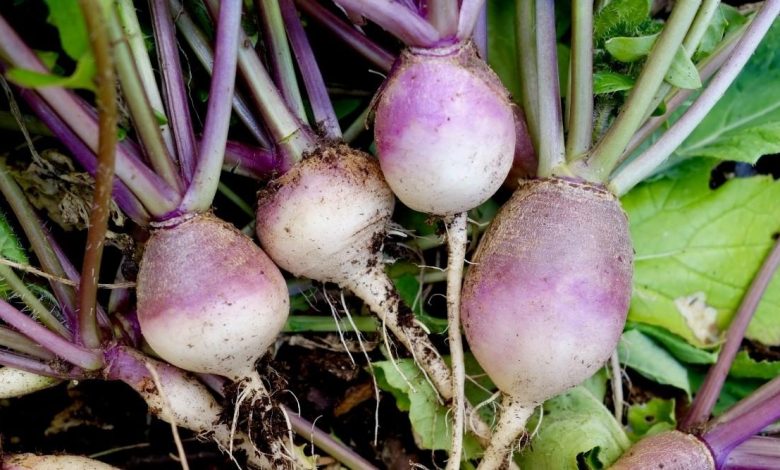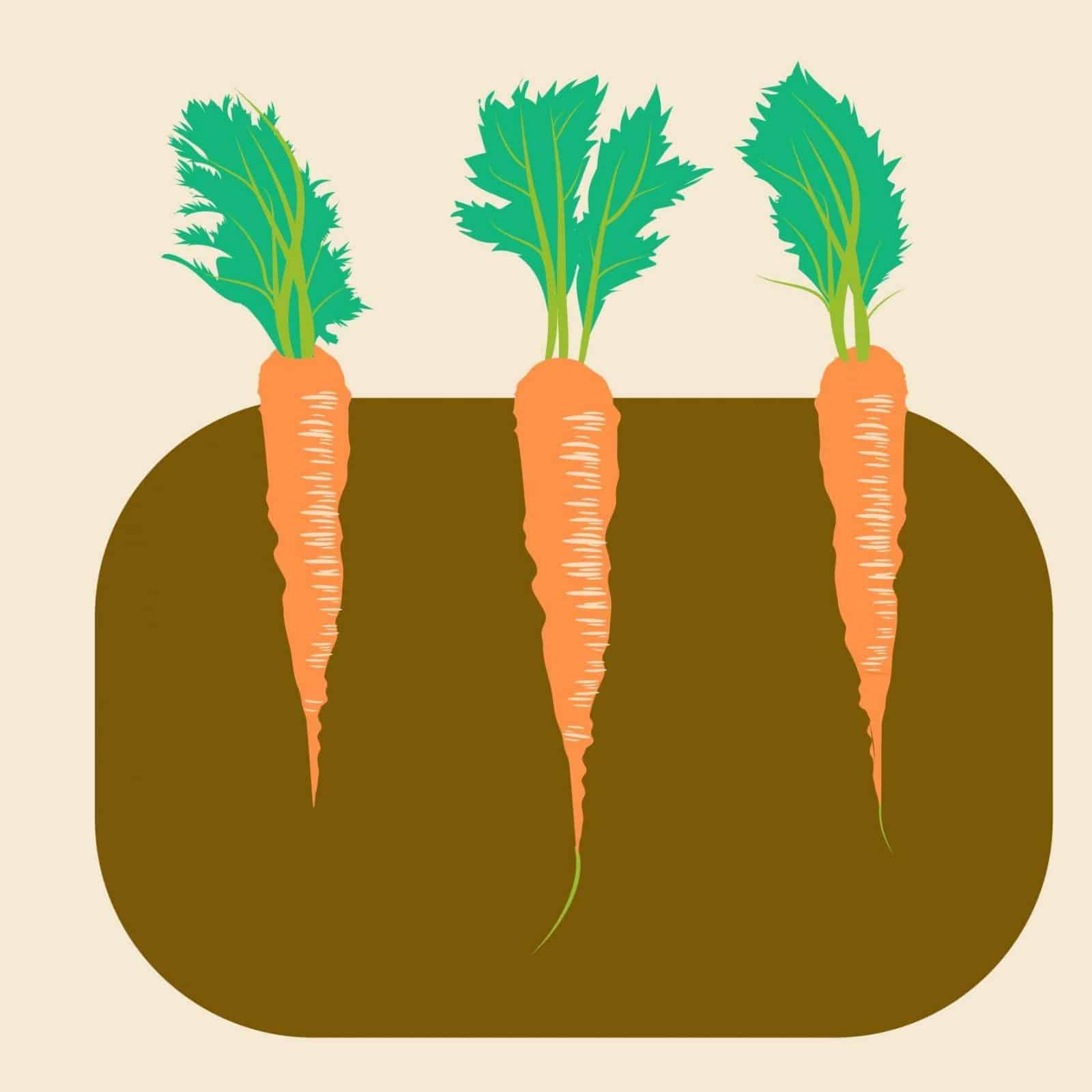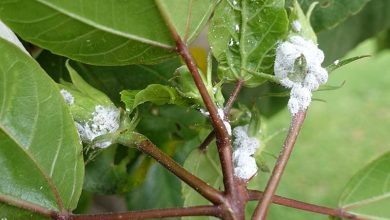Turnips: [Planting, Care, Irrigation, Substrate, Pests and Diseases]

Important points when planting turnips:
- Where? sunny areas. In summer we will avoid direct sunlight for too many hours, we prefer shade and cool places.
- When? From March to June.

- Harvest time? About 40-50 days.
- Irrigation? Abundant in summer. The rest of the year does not require much, except for long periods without rain (weeks).
- Type of irrigation? Ideal, drip.
- How do we want the earth? Acid soil (pH below 7), with humus and light, that is easy to drain.
- How do we pay? Ideal with the organic matter from previous crops. Animal droppings, highly decomposed.
- How do we sow? Seeds every 30cm, slightly buried. Moist soil before sowing.
- How do we harvest? When the leaf grows about 20-30cm and begins to turn yellow.
- Good associations? Beans, tomatoes, carrots, lettuce and peas. Also with celery.
- Bad associations? radishes.
- Plagues and diseases? Not too many. Cabbage- like. Avoid dry, poorly drained soil. Avoid wet leaves and waterlogged soil.
Turnips are a type of root vegetables, like onions or garlic, that have been largely forgotten and stopped being consumed in recent times.
The reason? The potato. However, for many many years the turnip has fed the human being.
It is true that this vegetable is not liked by everyone, due to its strong smell and flavor, however it is an excellent companion for any stew, stew or broth that you want to make.
In addition, fresh turnip greens can also be cooked and used in salads.
Did you know…Originally the Halloween Pumpkin was a turnip?
The properties of the turnip
Turnips are mainly characterized by having a lot of calcium. Both the vegetable and its roots. Therefore, many doctors recommend it to contribute to the correct development of any child.
In addition, turnips have:
- Diuretic and antiscorbutic properties.
- They are laxative and refreshing.
- They have a good amount of vitamins A, B5, B6, C and PP.
- They have minerals such as sulfur, potassium, iodine, zinc, iron, calcium, copper and magnesium.
Where and when do we grow turnips?
 The turnip generally endures any type of climate, although it is not comfortable, nor does it develop well in very hot conditions.
The turnip generally endures any type of climate, although it is not comfortable, nor does it develop well in very hot conditions.
Therefore we will prefer to sow turnips in not very hot seasons. In case of doing it in summer, we want it not to get too much sun. We will choose a shaded and cool area.
How do we want the ground?
When sowing turnips we look for a fresh soil, rich in humus and light. Therefore, it is interesting to pass the motorized tiller beforehand, in order to loosen the soil so that it has easy drainage.
We are interested in the soil being slightly acidic, with a pH below 7.
Turnip growth is not good on calcareous soils. So avoid them.
Trick:Turnips are a type of vegetable that grows very fast. So planting them near other slower-growing plants like peas, celery, or beans is often a good way to associate them.
How do we compost?
 We prefer not to use poorly decomposed organic inputs.
We prefer not to use poorly decomposed organic inputs.
Therefore, in principle, we will discard excrement and other fertilizer of animal origin unless it has been months since we have deposited it and we are sure that it is very decomposed.
In general, to grow turnips, it will suffice with the organic matter itself originating from previous sowings.
Pre -depositing fallen leaves from other trees is also a good idea. Although these must become decomposed.
How do we water the turnip?
The turnip is not a particularly demanding vegetable when it comes to irrigation.
In less hot times, with the simple rain it is probable that it is enough so that its growth is correct. However, we must watch two things:
- That the land drains properly.
- May not many weeks go by without rain (even though temperatures are low).
 If both things are fulfilled, we will not need to add water.
If both things are fulfilled, we will not need to add water.
In the event that temperatures are higher, such as in summer, the turnips should not lack a constant water supply.
We will avoid flooding at all costs, so the option we recommend for watering is undoubtedly dripping.
It will be enough for you to water every two or three days, about 40 minutes. Depending, of course, on the environmental heat that exists. The hotter, the greater the need for water.
You should also look at the evolution of the leaves. In the afternoon, when the sun goes down, it is a good time to see if the leaves are very fallen.
It is usually a symptom of lack of water (in summer and with high temperatures).
We started planting turnips
We will begin the sowing of the turnips in the months of March to June. Although as we have commented previously it can be done throughout the year (except in the hottest months).
We will lightly bury the seeds (very little) in lines about 30cm apart. We will tread a little on the area where we have sown the seeds.
Important:We must make sure that the soil is moist before sowing them. If it is very dry, we will water it slightly above it to moisten it. We don’t want to flood. The ideal would be a sprinkler or a hose that would do a similar effect.
As the leaves of the turnips grow, we will thin them to favor their growth.
cultivation
We will make sure, especially at the beginning, that the turnips do not have too much competition with weeds. We will eliminate all the weeds that appear as a result of irrigation, rain or humidity itself.
It can also be interesting to make padding, with straw (for example), to retain moisture more efficiently.
good associations
 The turnip goes well with beans, tomatoes, carrots, lettuce and peas. Also with celery.
The turnip goes well with beans, tomatoes, carrots, lettuce and peas. Also with celery.
bad associations
It doesn’t go well with radish, plus it can give it a bitter taste.
Plagues and diseases
Turnips do not present many difficulties.
We must avoid weeds and waterlogging, as these produce the appearance of fungi much more easily.
We should also avoid watering the leaves directly.
Turnips are vulnerable in a similar way to cabbage. We will find similar problems in its cultivation. However, as we have commented, its sowing does not have too much difficulty.

![Photo of Tamarind Tree: [Cultivation, Irrigation, Associations, Pests and Diseases]](https://www.complete-gardening.com/wp-content/uploads/2022/08/tamarind-tree-cultivation-irrigation-associations-pests-and-diseases-270x220.jpg)
![Photo of Bach Flowers: [Examples, Care, Characteristics and Meaning]](https://www.complete-gardening.com/wp-content/uploads/2022/08/bach-flowers-examples-care-characteristics-and-meaning-390x220.jpg)

![Photo of Orange Flowers: [Examples, Care, Characteristics and Meaning]](https://www.complete-gardening.com/wp-content/uploads/2022/08/orange-flowers-examples-care-characteristics-and-meaning-390x220.jpg)